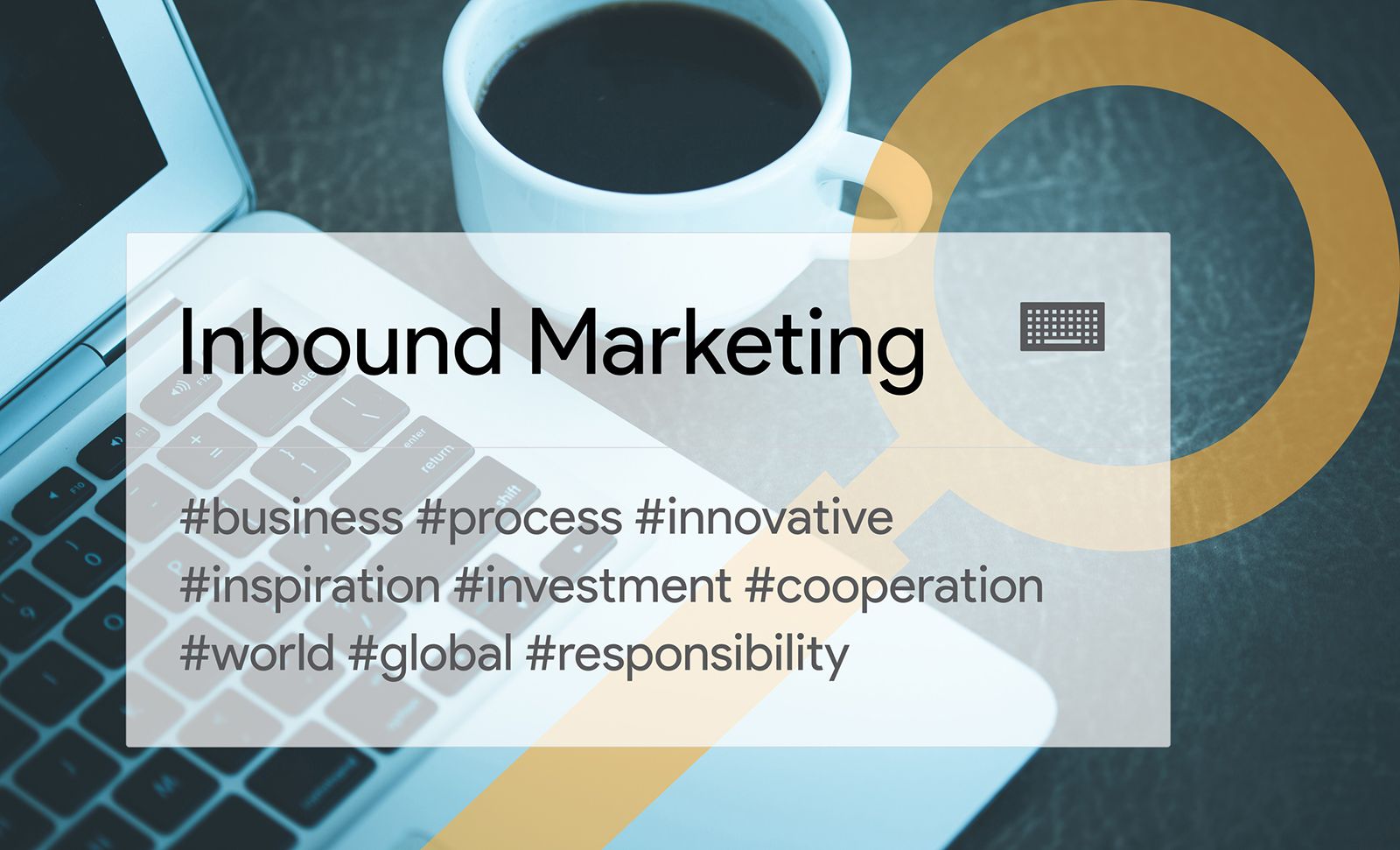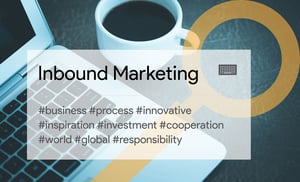
5 Inbound Marketing Myths You Can Ignore
 Marketing has undergone a radical shift in the past decade or so. Inbound marketing has scarcely been around much longer than 10 years, but it’s become a major force in marketing departments around the world. Business leaders and marketing innovators have been adopting inbound techniques in droves.
Marketing has undergone a radical shift in the past decade or so. Inbound marketing has scarcely been around much longer than 10 years, but it’s become a major force in marketing departments around the world. Business leaders and marketing innovators have been adopting inbound techniques in droves.
What is inbound marketing?
It’s the art and science of drawing leads to you. It contrasts with outbound marketing, which broadcasts a message to a largely passive audience. In turn, inbound engages with an active and curious audience and encourages them to take action. Many different tactics and techniques can be used for inbound, and for most traditional marketers, it’s a major paradigm shift.
That said, there are many different myths about inbound, including what it is, what it does, and how it works. Like most myths, these five have very little backing them up. You can feel safe ignoring them.
1. Inbound Marketing Is Content Marketing
Content marketing has gained steam in the last few years, largely thanks to its effectiveness. It’s become so popular and such an important cornerstone in inbound strategies that many marketers have started conflating the two.
Content marketing is important, but it is not synonymous with inbound marketing. Rather, it’s just one of many different strategies you can use to drive your inbound strategy forward. Content marketing may be an important part of inbound, but it’s not the be-all, end-all.
2. SEO Is the Same as Inbound
Much like the myth about content marketing, the idea that search engine optimization (SEO) is all that makes up inbound is inherently false. Inbound marketing is much more than SEO, although SEO is another important part of a good strategy.
A good inbound strategy will combine techniques like content marketing and SEO to drive better results for the business.
3. It’s All about Quantity
In the past, SEO was largely based on quantity, and so was content marketing. The frequency and freshness of content was a major factor in determining search engine rankings. Today’s search engines are smarter than ever, and how you go about performing SEO is in flux.
That said, the “quantity over quality” rule was never truly applicable to inbound strategies. While getting new content out there was important, quantity quickly stopped mattering if your leads weren’t satisfied with the quality. At the end, quality is always more important than quantity, because you’re trying to reach today’s savvy customers. They’re looking for information to answer questions. If you can’t or won’t provide it, they’ll quickly realize this and move on.
4. Inbound Is All the Marketing You Need to Do
Another very common myth about inbound marketing is that it can and should completely replace all other marketing efforts in your company.
In some cases, even the statistics seem to back this up. After all, inbound tactics are usually far more effective than outbound techniques. Why would you continue to use outdated, ineffective techniques when you have something more economical and effective at your fingertips?
Inbound can be effective, and it’s usually quite cost-effective. It still shouldn’t be the only kind of marketing you rely on. Diversify your efforts and watch the results roll in.
5. It Will Change Your Business Overnight
It’s difficult to overstate the effectiveness of inbound, but some people try. After talking to them, you may walk away with the belief that inbound can radically change your business overnight. Just by implementing inbound, you’ll drive sales, increase brand awareness, and generate more revenue.
Like any other marketing strategy, inbound requires thought and effort. Overnight results are a myth. Instead, give your inbound strategy some serious thought, then carefully implement it. Inbound marketing is a long game, but you can realize better results in the end.

CEO and Chief Revenue Scientist
Mike Lieberman, CEO and Chief Revenue Scientist
Eliminate Hit-or-Miss Marketing Moves
Get advice, tips, tools and guidance to generate more leads for your company in this weekly email newsletter.



Eliminate Hit-or-Miss Marketing Moves
Get advice, tips, tools and guidance to generate more leads for your company in this weekly email newsletter.













